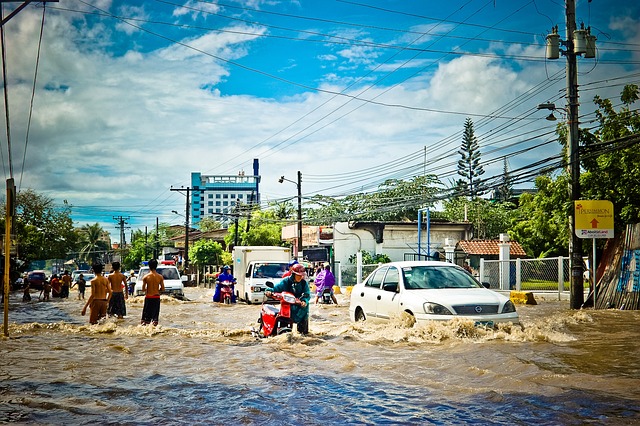

Water overflows can lead to costly damages and disruptions. Discover effective strategies for managing water overflows in this comprehensive guide.
Water overflows are a common issue that can lead to significant property damage, disruption of daily activities, and financial burdens. Whether it’s due to heavy rainfall, plumbing failures, or inadequate drainage systems, managing water overflows is crucial for maintaining the integrity of properties and ensuring the safety of occupants.
In this blog post, we will explore effective strategies for managing water overflows, including proactive prevention measures and responsive actions to mitigate the impact of overflows.
Contents
Before delving into strategies for managing water overflows, it’s essential to understand the underlying causes. Common factors contributing to water overflows include:
Preventing water overflows is often more cost-effective and less disruptive than dealing with the aftermath. Here are proactive strategies to minimize the risk of water overflows:
Despite proactive measures, water overflows can still occur. Being prepared to respond effectively is crucial. Consider the following actions:
Advancements in technology offer innovative solutions for managing water overflows:
Community-wide and municipal efforts play a significant role in mitigating the impact of water overflows:
Managing water overflows requires a multifaceted approach that encompasses proactive prevention, responsive actions, technological advancements, and community engagement. By implementing effective strategies and leveraging available resources, property owners, communities, and municipalities can mitigate the impact of water overflows and promote resilience in the face of water-related challenges.
For more insights on property management and risk mitigation, continue exploring our blog for valuable resources and expert guidance.
Remember, effective water management is key to safeguarding your property and ensuring the well-being of its occupants.
With the rise of online dating, the potential for encountering scammers has increased. Scammers use…
Irritable Bowel Syndrome (IBS) is a functional disorder of gastrointestinal system that resulted by irritability…
Ukrainian entrepreneur Maksym Krippa has officially joined forces with DIM Group, marking a significant new…
The military used scopes and binoculars to survey the area in the past to gather information.…
Who doesn’t love chocolates, right? No matter the age, a chocolate bar with a customized…
How to Relieve Eye Strain: Do you find yourself blinking throughout the day? Do your…